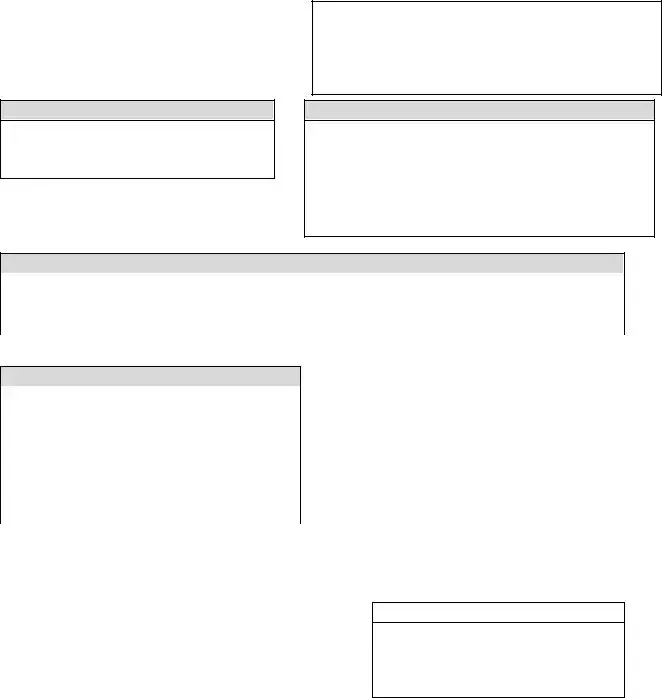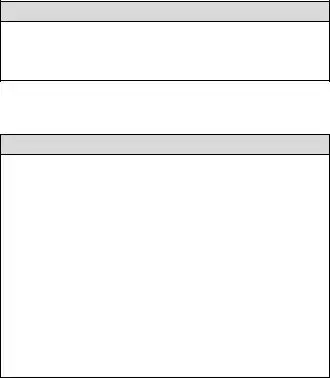Filling out a Mortgage Statement form is an important task, yet people often make mistakes that can have significant consequences. One common error is inaccurately entering the Borrower Name and Address. It might seem simple, but any discrepancy in this information can lead to delays or mix-ups in communication between the mortgage servicer and the borrower.
Another area often filled out incorrectly is the Statement Date and Account Number. These elements are crucial for ensuring that payments are properly recorded against the correct account and period. Mismatches or typos can lead to misplaced payments or even charges of missing payments.
Underestimating the importance of the section detailing the Late Fee policy is another mistake. If payment is received after the specified date, a late fee is charged. Borrowers must be fully aware of this date and the potential financial consequences of missing it.
Errors in reporting the Outstanding Principal or Interest Rate can also occur. This section helps you understand the status of your loan and how your payments are allocated. Misinterpretation or incorrect entry here can lead to a misunderstanding of the loan's terms or your financial obligations.
One of the most consequential areas that is often mishandled is the explanation of the Amount Due. This includes not only the principal and interest but also any amounts due for escrow. Failure to correctly understand or report these can lead to underpayment, resulting in a possible default on the mortgage.
The Transaction Activity section, which records charges, payments, and any fees, is another critical area. Not reviewing this section for accuracy can lead to unnoticed errors, such as incorrect late fees or uncredited payments. It's essential to ensure all transactions are correctly recorded and accounted for.
A frequent oversight is not updating or misunderstanding the Past Payments Breakdown. This overview provides valuable insights into how your payments have been applied over time. Ignoring this section can lead to unawareness about the progress you've made on your loan, or misunderstanding the allocation towards principal, interest, escrow, and fees.
The instructions for the Amount Due at the bottom of the form also pose a challenge for many. This section, repeated for emphasis, includes critical payment instructions and the late fee warning. Neglecting to double-check this information can lead to incorrect payments.
Lastly, many overlook the Important Messages section, which includes vital notes about partial payments and delinquency notices. This oversight can limit a borrower's understanding of their rights and obligations, especially in challenging times or if they're already facing financial difficulties.
In sum, while filling out a Mortgage Statement form may seem straightforward, it’s fraught with potential pitfalls. Paying careful attention to each section, confirming all information is accurate and complete, and understanding the implications of each part of the statement can help avoid these common mistakes. It's always beneficial to review your form closely or seek clarification on any sections you do not fully understand.


